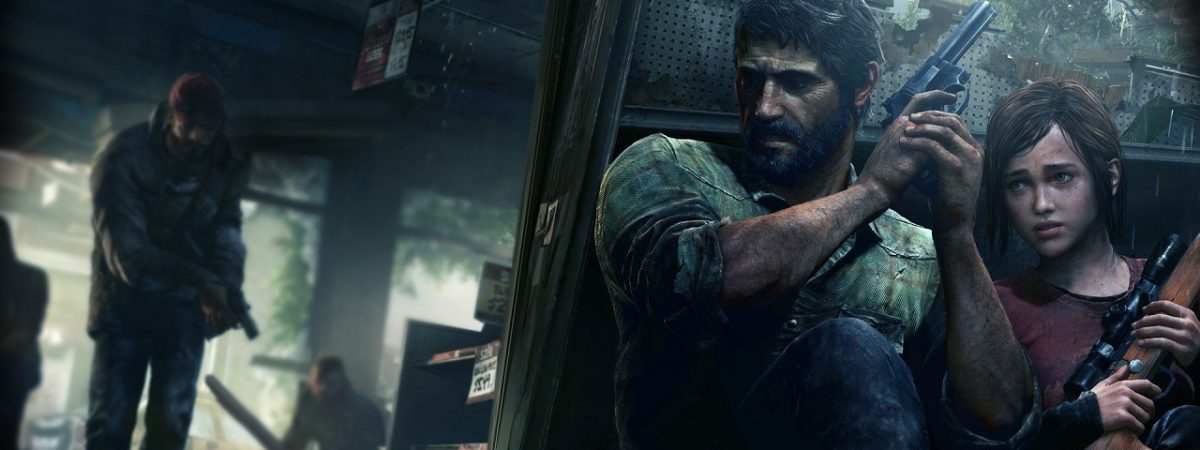Each year, gamers have no shortage of huge new game releases, but in recent years, older, classic titles have been enjoying something of a resurgence. Whether it be via a remastered release or through an interest in retro gaming among PC gamers, classic games have access to a wide audience. As such, developers and publishers have been increasingly and actively marketing old games to new audiences, not just older, nostalgic gamers.
Marketing Nostalgia: Remakes and Remasters for Classic Games
When it comes to older games, the easiest method to attract a new audience has been through remastering. (Or indeed, in some cases, remaking games completely.) The trend of remasters and remakes has grown rapidly in the last few years; while the primary audience for these games are gamers who are nostalgic for the original, they also appeal to others who never played them. (Either because they missed it at the time or because they weren’t actively gaming when it was first available.)
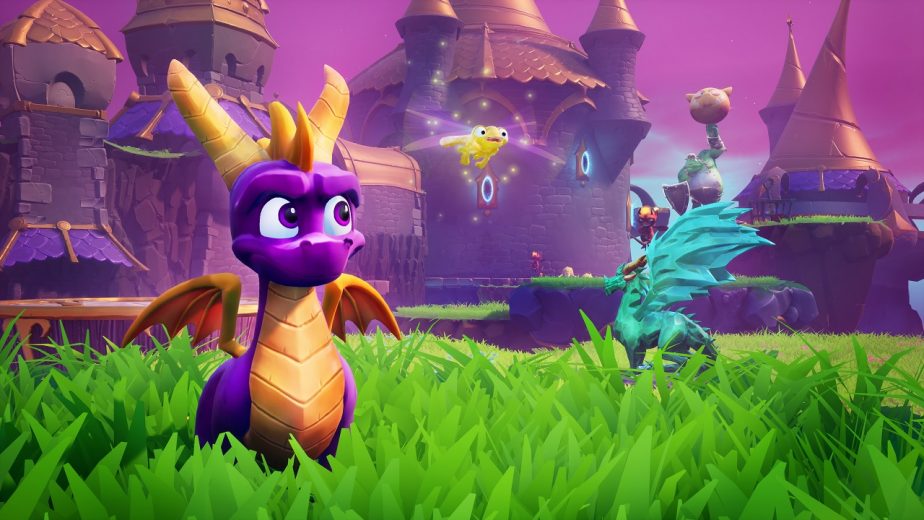
Remasters also provide publishers with an opportunity to generate revenue without investing the resources needed for a brand-new game. As such, remasters are an attractive option for studios busy with long-term development on other titles. Their nature also ensures that remastered titles aren’t small releases either. Games like The Last of Us Remastered, Halo 2 Anniversary, and the Spyro Reignited Trilogy have all attracted plenty of attention from both nostalgic gamers who remembered the originals and younger gamers alike. It won’t be a surprise to see remasters for some of the bigger games of the current generation in a few years; God of War Remastered, Red Dead Redemption 2 Remastered, etc.
Of course, it’s worth noting that Nintendo has practically turned nostalgia into a business model; focusing on older title releases for much longer than the other console developers. Games like Breath of the Wild, Super Mario Odyssey, and Luigi’s Mansion 3, for example; all excellent examples of how Nintendo manages to take nostalgic properties and incorporate innovation to attract a new audience as well.
How Steam’s Model Has Promoted Classic Games
A major driver for the current popularity of older, classic titles has certainly been the format of Steam over the course of the last decade. Prior to Steam’s launch as a platform, there was no unified platform for PC gaming, with most old games simply becoming outdated and impossible to run on modern machines. (Not to mention that getting one’s hands on older games wasn’t always easy.) With Steam’s single platform, it has become much easier to find and purchase older titles, especially as other sites have sprung up with similar business models, like GOG.com.
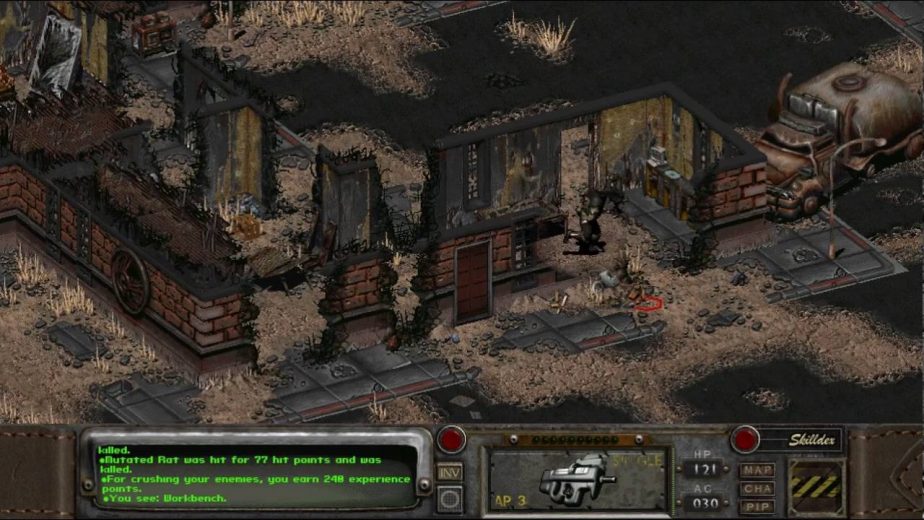
This factor has also been boosted by the approach to sales by Steam and other online platforms. They, and especially Steam, regularly offer older titles on their platforms for extremely low prices; thereby enticing gamers who might not otherwise consider such an old title to give it a go. Certainly, for example, Skyrim’s enduring success on PC has been partly down to ease of access via Steam. Steam has also made mods more accessible, another important feature which has kept certain older games alive on the platform.
How Console Features Support Classic Games
Of course, the majority of the resurgence of classic games has been on PC. However, consoles also have tools which have enabled easier access to older titles, and these tools could be key for the next generation of consoles in 2020. The most obvious of these is, of course, backwards compatibility. The gaming audience has, over the years, made it very clear that backwards compatibility is a priority issue for many. As a result, both the PS5 and the Xbox Project Scarlett will feature backwards compatibility to some degree.
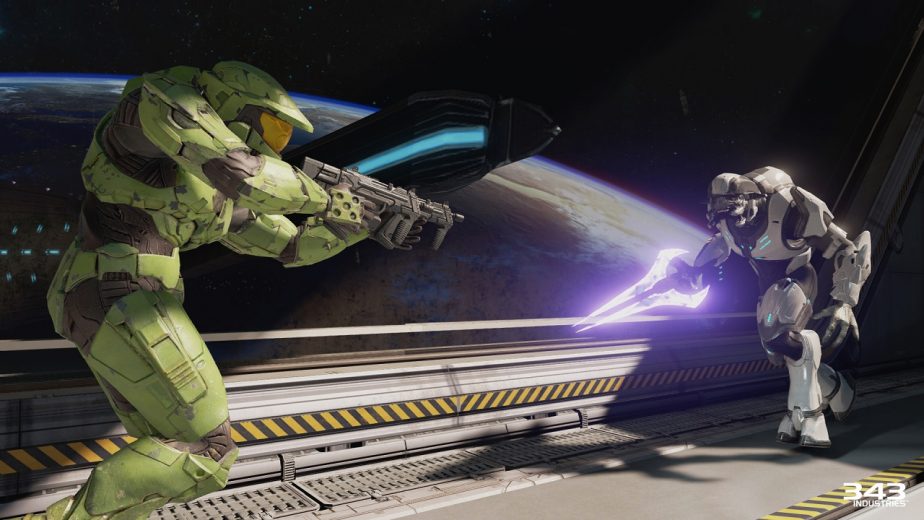
However, beyond backwards compatibility, more recent projects from console developers have helped gamers to access older titles. The Xbox Games With Gold and PlayStation Plus services, for example; two programs which both give players the ability to download a couple of free games every month. Both programs typically feature older titles in their selection. In a similar manner to Steam’s use of low sale prices, this method incentivises the gaming audience to try older titles which they might otherwise have bothered with. Although there isn’t a direct parallel at present, Xbox did once actively support arcade-style games and others on their platform. This was meant to support indie developers, although the indie gaming market has since settled more clearly on PC.
How Indie and Retro Gaming Support Classic Games
Another factor which has boosted the popularity of older titles is a surge in popularity for indie and retro gaming. Smaller game development studios have often chosen to evoke nostalgia through old-fashioned graphics styles such as pixelation; just one tool which can help make great games on a tighter budget. The popularity of this approach has, in turn, brought some classic titles back into fashion, in a sense. In fact, you can read more about the rise of retro gaming in a recent interview with Fandom’s VP of Gaming.
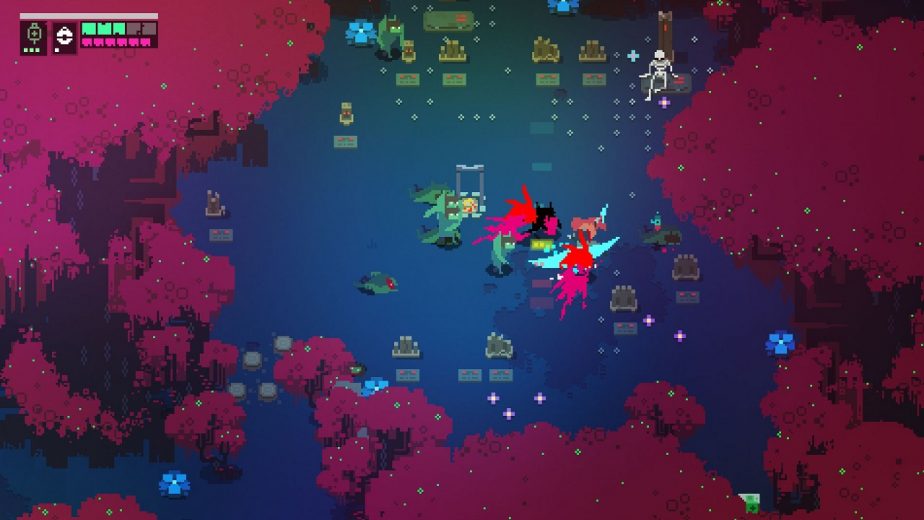
As long as this trend continues, then older titles are likely to have an active audience, particularly on PC. (And certainly, there are no signs of it stopping anytime soon.) However, it remains to be seen how the Epic Games Store’s impact on the PC gaming market will shake things up in 2020. Additionally, it is currently unclear what impact the launch of Google Stadia will have in the coming months. (The latter of which features a variety of somewhat older titles among its launch lineup.) In fact, if Stadia fails to find an audience for triple-A gaming releases, it’s possible that Google will pivot in search of a niche audience. Such a pivot could very well be towards providing access to classic indie/retro games on their platform.

